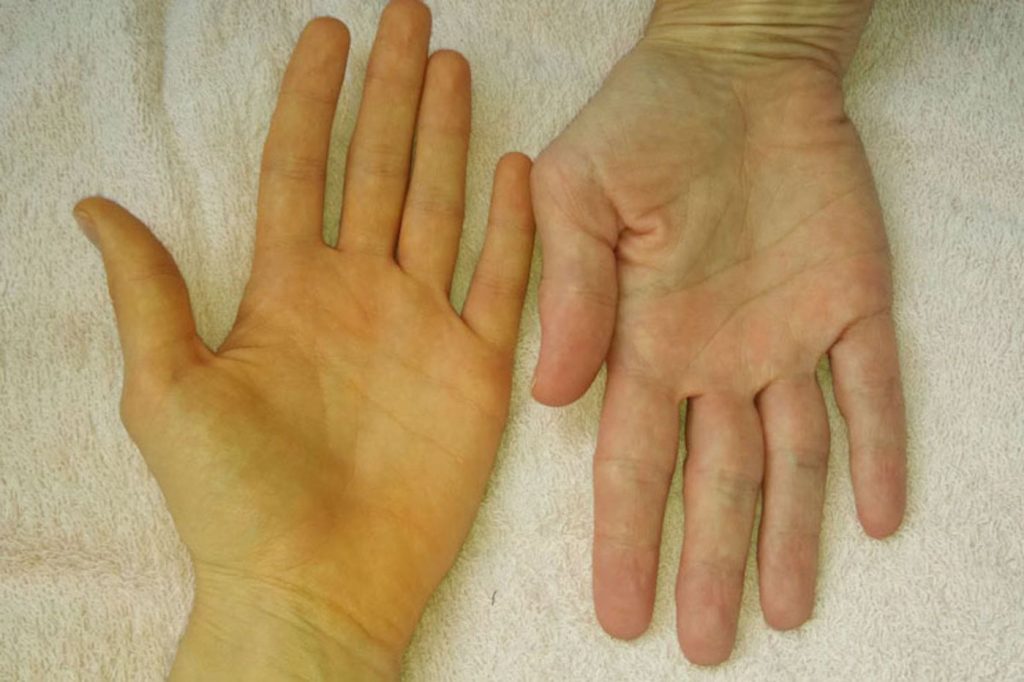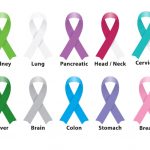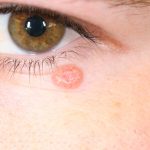Melanoma / Skin Cancer
Without a doubt the most common type of cancer is skin cancer. Although it more often than not occurs in skin that is exposed to sunlight, it can occur essentially anywhere. There are a few different types of skin cancer. Non-melanoma skin cancers are another name for squamous cell and basal cell skin cancers. While non-melanoma skin cancer tends to respond well to treatment and does not usually spread to other body parts, the same cannot be said for melanoma, which tends to attack nearby tissues and spread to other parts of the body. Even though melanoma accounts for only 2 percent of skin cancer, it is the cause of the most skin cancers every year.

Most often non-melanoma skin cancer is diagnosed about a person notices an irregularity of the skin that is abnormal such as a nodule, a rash, or an abnormal patch of skin. In some cases, these skin abnormalities are raised and can cause oozing or bleeding. As the cancer continues to grow, this mass on the skin can change, often burrowing deeper into the skin. A dermatologist is the health care professional to see if you happen to notice an abnormal growth on your skin.
A pale patch of skin or a waxy bump that is translucent in appearance on the head or neck is likely basal cell carcinoma. Another indicator is either a blood vessel or indentation right in the center of the bump. When on the chest, carcinoma is more likely to be a bump that is brownish in colour or a lesion that is flesh-coloured.
A lump on the skin that tend to be rough in appearance and to the touch can also be squamous cell carcinoma. In the event that a nodule does not develop, a reddish patch that is scaly can develop, usually on the skin of the head, neck, hands, or arms but they can develop in any other part of the body. Moles that are either red or flesh-coloured can be merkel cell carcinoma and are more likely to develop on parts of the skin that are exposed to sunlight, such as the face, neck, and scalp.
More from Things Health
-
10 Common Symptoms of Early Stage Cancer
Due to technological advances over the past 50 years, huge progress has been made when it comes to the fight against cancer. However, there is…
-
Signs and Symptoms of Liver Damage
There are a variety of different causes of liver damage. For some, it is caused by genetics, making an individual prone to it, exposure to…
-
Warning Signs and Symptoms of Non-Melanoma Skin Cancer
Non-melanoma skin cancer is a type of cancer that starts in the cells on the skin, the body’s largest organ. There are two type of…
-
Types Of Skin Cancer
Skin cancer happens when skin cells are damaged, for instance, by overexposure to ultraviolet rays from the sun. Melanoma - the most dangerous type of…
-
Warning Signs of Lung Cancer
Every year about 1.3 million people die from lung cancer. Luckily, however, lung cancer is not always fatal and many people do live long, healthy…






